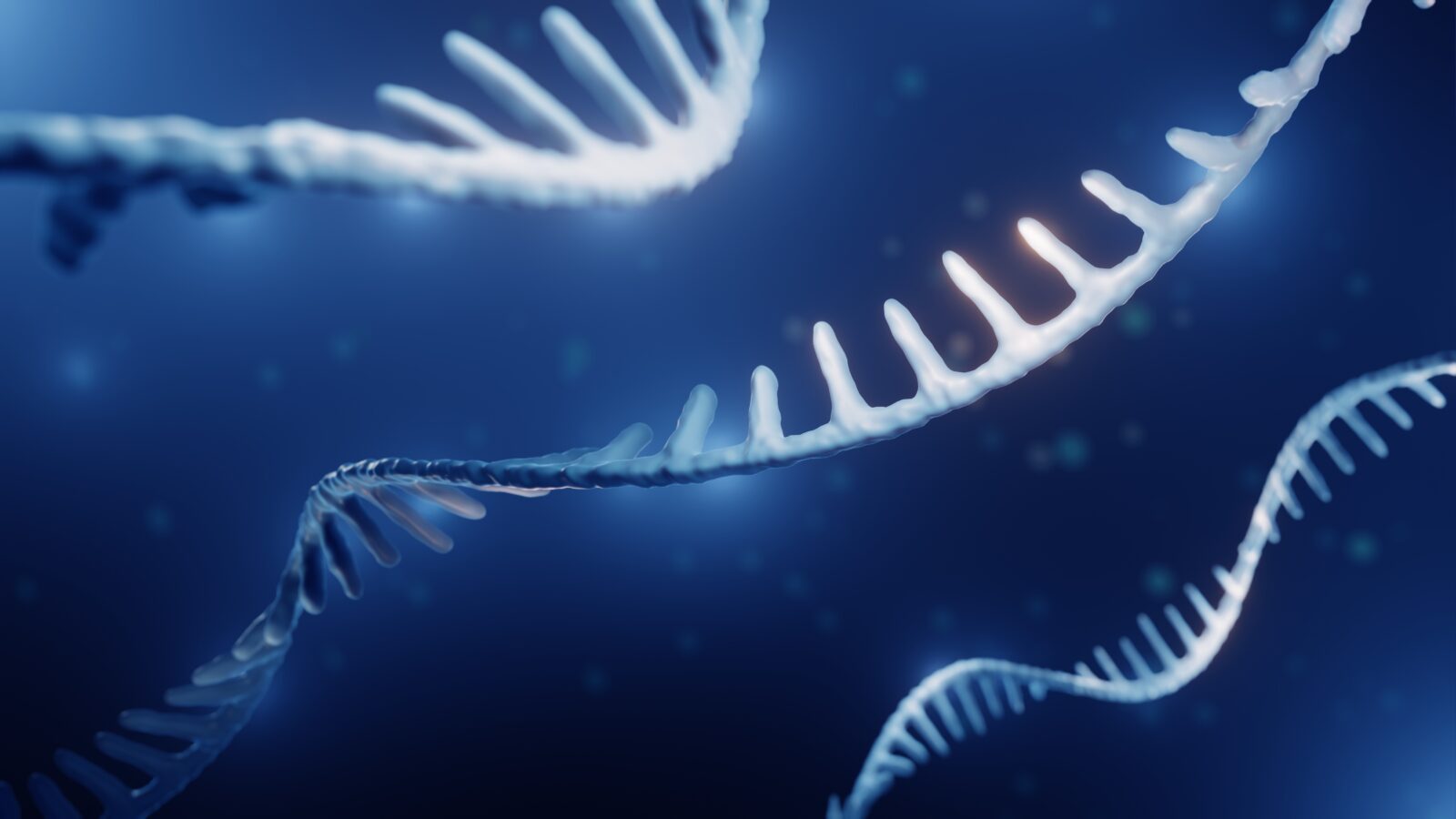Minimal Replication Fidelity: Another Problem for the RNA World Hypothesis
The RNA world is proposed by some to explain how early life began before DNA. But is RNA capable of maintaining a life-friendly self-replication rate? On this ID The Future, host Andrew McDiarmid welcomes back Dr. Jonathan McLatchie to discuss another headache for the RNA world scenario. Before a trial and error process like natural selection can even get started, self-replicating molecules must have a minimal accuracy rate to copy genetic material effectively. The required fidelity rate is estimated to be 2%. Any error rate higher than that results in error catastrophe for organisms. The average error rate in RNA copying is estimated to be around 17%, vastly higher than the estimated maximum error threshold for survival. McLatchie explains the implications of this for chemical evolutionary theories like the RNA world hypothesis. He also explains how a Bayesian approach to this evidence can provide us with the likeliest explanation for the origin of biological life. “The sorts of features that we observe in life are not particularly surprising if we suppose that a mind is involved,” says McLatchie. On the other hand, things like minimal self-replication fidelity are wildly surprising on a naturalistic hypothesis.
Dr. McLatchie is a fellow and resident biologist at the Discovery Institute’s Center for Science & Culture. He holds a bachelor’s degree in forensic biology, a Master’s degree in Evolutionary Biology, a second Master’s degree in Medical and Molecular Bioscience, and a PhD in Evolutionary Biology.
DIG DEEPER
Read McLatchie’s article on minimal self-replication fidelity at EvolutionNews.org.
Read Stephen Meyer’s analysis of RNA world proposals in Ch. 14 of his book Signature in the Cell.
Learn more about Dr. McLatchie’s work at his website, www.jonathanmclatchie.com.
